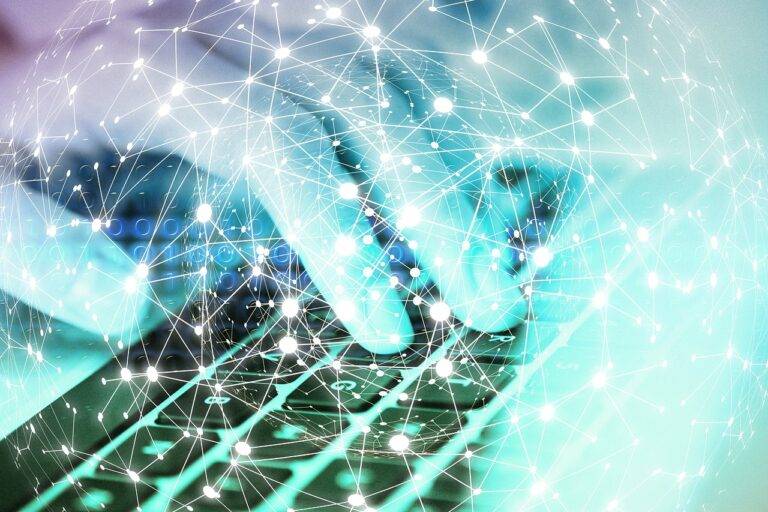The Impact of 5G on Disaster Recovery Logistics
Disasters, whether natural or man-made, often result in disruptions to critical infrastructure and communication networks, hampering rescue and recovery efforts. The advent of 5G technology promises to revolutionize disaster recovery logistics by enhancing connectivity, data transmission speeds, and real-time coordination among responders. This article explores the potential impact of 5G on disaster recovery logistics and its implications for improving the effectiveness and efficiency of emergency response operations.
High-Speed Data Transmission
5G networks offer significantly faster data transmission speeds and lower latency compared to previous generations of wireless technology. This enables emergency responders to access and share critical information, such as maps, situational awareness data, and resource allocation plans, in real-time, facilitating faster decision-making and coordination during disaster recovery operations.
Remote Monitoring and Surveillance
5G-enabled IoT devices and sensors can provide real-time monitoring and surveillance of disaster-affected areas, enabling responders to assess damage, identify hazards, and prioritize response efforts more effectively. From drones and robotic systems to environmental sensors and smart infrastructure, 5G networks support the seamless integration and operation of remote monitoring technologies, enhancing situational awareness and response coordination.
Augmented Reality and Virtual Collaboration
5G enables the deployment of augmented reality (AR) and virtual reality (VR) technologies for immersive training, simulation, and collaboration among responders. AR and VR platforms allow remote experts to provide guidance and support to on-site personnel, visualize complex data and scenarios, and conduct virtual training exercises, enhancing the preparedness and effectiveness of disaster response teams.
Smart Logistics and Supply Chain Management
5G facilitates the implementation of smart logistics and supply chain management systems for efficient resource tracking, inventory management, and distribution in disaster-affected areas. By integrating IoT sensors, RFID tags, and blockchain technology, 5G networks enable real-time tracking of relief supplies, medical equipment, and other critical assets, optimizing logistics operations and reducing response times.
Edge Computing and Mobile Command Centers
5G networks support edge computing capabilities, enabling the deployment of mobile command centers and distributed computing resources close to the disaster site. Edge computing reduces latency and bandwidth constraints by processing data locally, allowing responders to analyze and act on critical information in real-time without relying on centralized data centers, improving response agility and resilience.
Challenges and Considerations
While 5G technology offers significant benefits for disaster recovery logistics, its implementation also presents challenges and considerations that must be addressed. These include issues related to network coverage, interoperability, cybersecurity, privacy, and the need for specialized training and resources to effectively leverage 5G capabilities in emergency response operations.
Conclusion
The deployment of 5G technology holds great promise for transforming disaster recovery logistics, enabling faster, more efficient, and more resilient response operations in the face of emergencies. By leveraging high-speed data transmission, remote monitoring, augmented reality, smart logistics, and edge computing capabilities, 5G networks empower emergency responders to coordinate efforts, optimize resource allocation, and save lives in disaster-affected communities.
FAQs
Q: How does 5G improve disaster recovery logistics?
A: 5G technology enhances disaster recovery logistics by providing faster data transmission speeds, real-time monitoring and surveillance, augmented reality for virtual collaboration, smart logistics for efficient resource management, and edge computing for agile response operations.
Q: What are some examples of 5G applications in disaster recovery?
A: Examples include high-speed data transmission for real-time communication and data sharing, remote monitoring and surveillance using IoT devices and sensors, augmented reality for virtual collaboration among responders, smart logistics for efficient resource management, and edge computing for decentralized data processing.
Q: What challenges are associated with implementing 5G in disaster recovery operations?
A: Challenges include network coverage limitations, interoperability issues, cybersecurity concerns, privacy considerations, and the need for specialized training and resources to effectively leverage 5G capabilities in emergency response operations.
Q: How does 5G support remote monitoring and surveillance in disaster recovery?
A: 5G-enabled IoT devices and sensors provide real-time monitoring and surveillance of disaster-affected areas, allowing responders to assess damage, identify hazards, and prioritize response efforts more effectively.
Q: What role does edge computing play in disaster recovery logistics?
A: Edge computing enables the deployment of mobile command centers and distributed computing resources close to the disaster site, reducing latency and bandwidth constraints and allowing responders to analyze and act on critical information in real-time without relying on centralized data centers.





